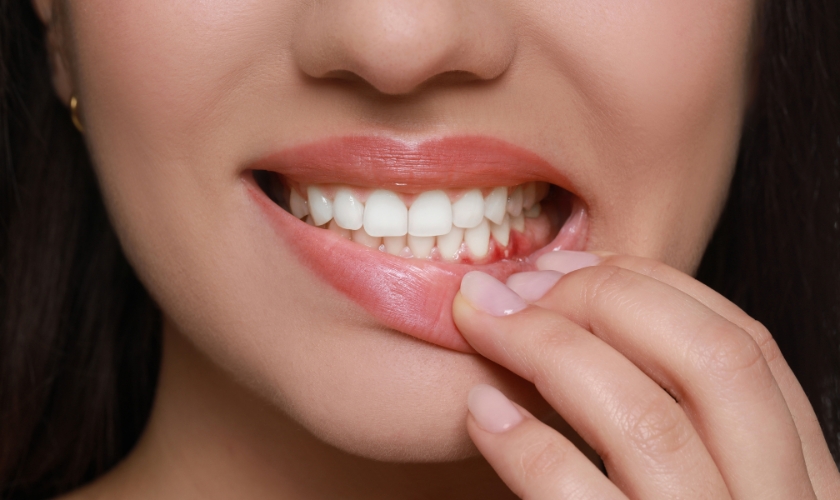Can You Get Veneers If You Have Gum Disease? What Dentists Say

A flawless smile is a goal for many, but dental health should always come first. Many people wonder if veneers are an option when gum disease is present. Before considering this cosmetic treatment, it’s essential to understand how gum health affects the process. Ignoring underlying oral conditions could lead to severe complications, impacting both aesthetics and overall well-being. So, can veneers work for someone with gum disease? Here’s what dental professionals say.
What’s Gum Disease and What’s Its Impact on Veneers?
Gum disease, also called periodontal disease, damages the tissues surrounding teeth. It ranges from mild gingivitis to severe periodontitis. If left untreated, it causes:
- Receding gums that expose tooth roots
- Loose teeth due to bone loss
- Chronic inflammation, leading to discomfort
- Increased risk of tooth infections
Since veneers bond to natural teeth, compromised gum health can affect their stability. Dentists assess gum conditions before proceeding with cosmetic treatments to ensure long-lasting results.
Why Healthy Gums Matter Before Getting Veneers?
Gum disease weakens the foundation of teeth, making veneers a risky choice. Dentists recommend treating any periodontal issues first for several reasons:
- Strong foundation: Healthy gums keep teeth stable, ensuring veneers stay secure.
- Longevity: Veneers last longer when applied to structurally sound teeth.
- Aesthetic appeal: Inflamed or receding gums can make veneers look unnatural.
- Preventing complications: Gum infections can lead to veneer failure.
A thorough evaluation helps determine if the gums can support veneers without future problems.
Treatment Steps Before Considering Veneers
Addressing gum disease is necessary before getting veneers. A dentist may recommend:
- Deep cleaning (scaling and root planing): Removes plaque and bacteria beneath the gumline.
- Antibiotic therapy: Reduces bacterial infection and promotes healing.
- Gum grafting: Restores lost gum tissue if recession is severe.
- Regular dental checkups: Maintains gum health and prevents further deterioration.
Once the gums heal, a dentist reassesses eligibility for veneers.
Can You Get Veneers After Gum Disease Treatment?
Yes, if gum disease is fully treated and gums remain stable, veneers become a viable option. Dentists look for signs of improvement, such as:
- No gum inflammation or bleeding
- Firm, pink gum tissue
- Stable teeth with no excessive mobility
If these conditions are met, the veneer process can move forward without complications.
How to Maintain Gum Health with Veneers?
Even after successful veneer placement, gum care remains essential. Tips for keeping gums and veneers in top shape include:
- Brushing twice daily with a soft-bristled toothbrush
- Flossing gently to prevent plaque buildup near the gumline
- Using an antibacterial mouthwash to reduce bacteria
- Visiting the dentist regularly for checkups and cleanings
- Avoiding smoking, which worsens gum disease and affects veneers
Proper oral care ensures veneers last and gums remain healthy.
Getting veneers with gum issues isn’t recommended, but treatment can make it possible in the future. Healthy gums create the best foundation for long-lasting cosmetic enhancements. Addressing gum disease first ensures a strong, attractive smile without complications. If you’re considering veneers in Granite Bay, consult a dentist to evaluate your oral health.




